
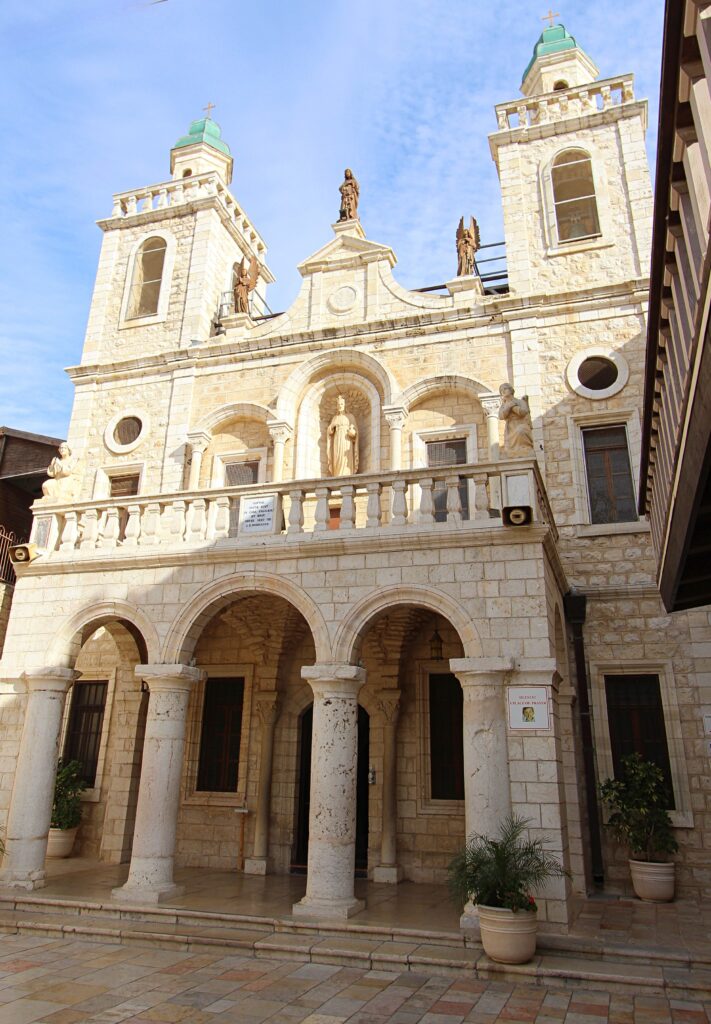
“And the third day [Tuesday] there was a marriage in Cana of Galilee; and the mother of Jesus was there:” John 2:1
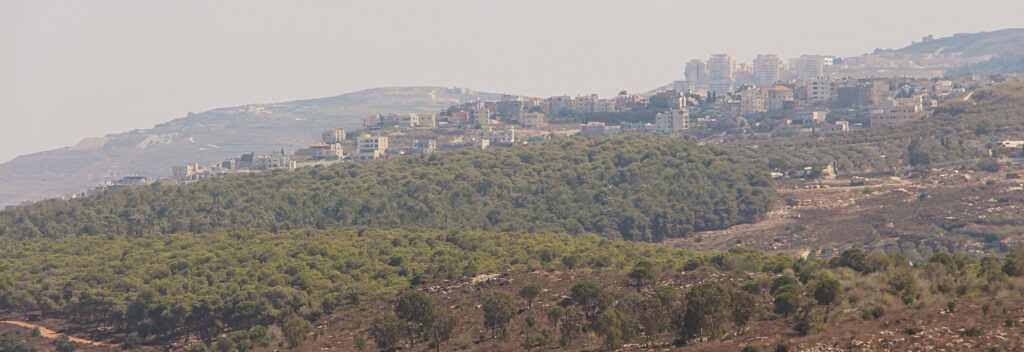
“And both Jesus was called, and his disciples, to the marriage. And when they wanted wine, the mother of Jesus saith unto him, They have no wine. … His mother saith unto the servants, Whatsoever he saith unto you, do it. And there were set there six waterpots of stone, after the manner of purifying of the Jews, containing two or three firkins apiece [firkin = about 8 1/3 US gallons].” John 2:2-6
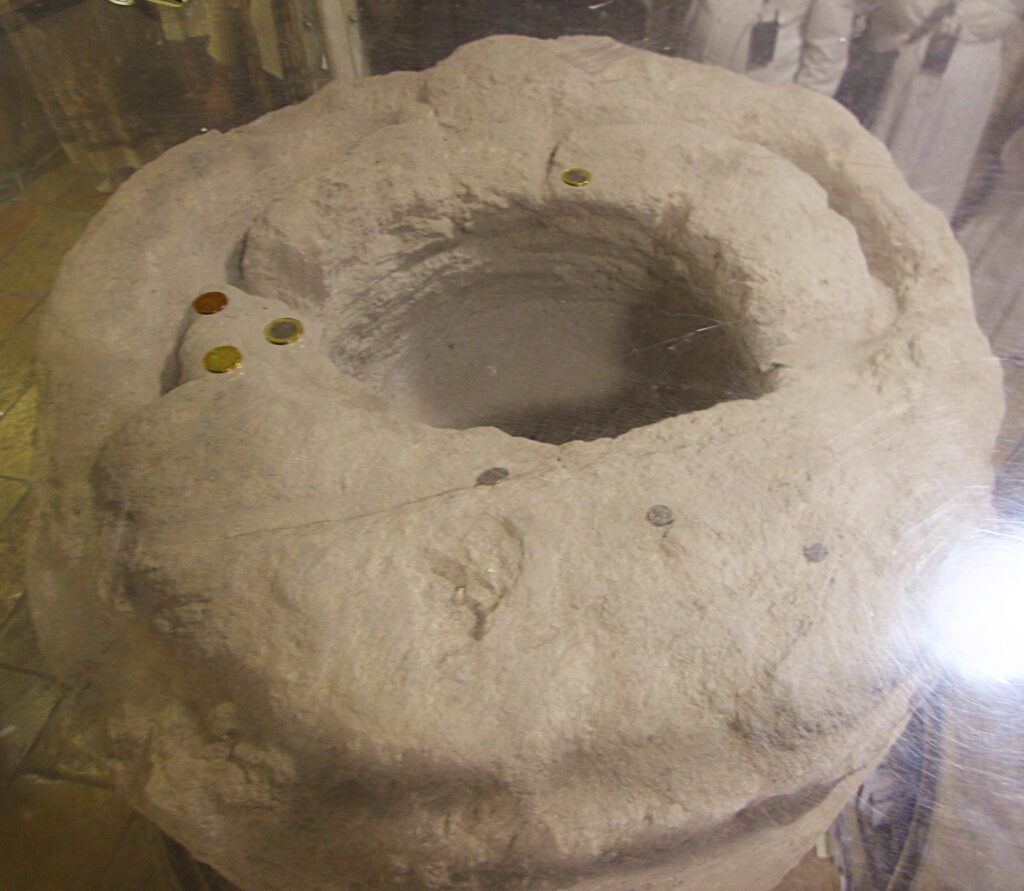
“Jesus saith unto them, Fill the waterpots with water. And they filled them up to the brim. And he saith unto them, Draw out now, and bear unto the governor of the feast. And they bare it. When the ruler of the feast had tasted the water that was made wine, and knew not whence it was: (but the servants which drew the water knew;) the governor of the feast called the bridegroom, And saith unto him, Every man at the beginning doeth set forth good wine; and when men have well drunk, then that which is worse: but thou hast kept the good wine until now. This beginning of miracles did Jesus in Cana of Galilee, and manifested forth his glory; and his disciples believed on him.” John 2:7-11.
Cana of Galilee is approximately 5 miles from Nazareth. Close enough for the people of the two towns to be acquainted. Jewish custom at that time was for the wedding to be held at the residence of the groom. Therefore, the groom was from Cana of Galilee. The bride could have been from anywhere.
Comment: I have occasionally heard speculation that this might have been Jesus’ own wedding. As previously stated the wedding would have taken place at the grooms home. In the Lord’s case that would be Nazareth. Or if we stretch the rule then at Capernaum. So then why was Mary and Jesus invited? It might have been the wedding of a relative or friend. The fact that Mary was close enough to the grooms family to know that they were out of wine, suggests that it was a relative. This is of course, analytical speculation. How close the relative might have been would fall under the category of wild speculation. Additionally, although the custom was for all good Jewish men to be married when reaching adulthood, the scriptures give us absolutely no hint that Jesus was married during his mortal life.
The modern town of Cana is not the location of the Biblical Cana of Galilee. There are two close-by ruins which could be the correct location. This means the current churches in Cana are not on the actual sites. But they are close, and it is a good place to remember the events which took place in Cana of Galilee.
There was a second miracle that Jesus preformed on his next visit to Cana of Galilee.
“So Jesus came again into Cana of Galilee, where he made the water wine. And there was a certain nobleman, whose son was sick at Capernaum. When he heard that Jesus was come out of Jedaea into Galilee, he went unto him, and besought him that he would come down, and heal his son: for he was at the point of death. Then said Jesus unto him, Except ye see signs and wonders, ye will not believe. The nobleman saith unto him, Sir, come down ere my child die. Jesus saith unto him, Go thy way; they son liveth. And the man believed the word that Jesus had spoken unto him, and he went his way. And as he was now going down, his servants met him, and told him, saying, thy son liveth. Then inquired he of them the hour when he began to amend. And they said unto him, Yesterday at the seventh hour [1 p.m.] the fever left him. So the father knew that it was at the same hour, in the which Jesus said unto him, Thy son liveth: and himself believed, and his whole house.” John 4:46-53.
The distance from Capernaum to Cana is about 22 miles. However, the elevation difference is 2,470 feet. The climb from Capernaum to Cana is significant. That is why we see this event occurring over the space of two days.

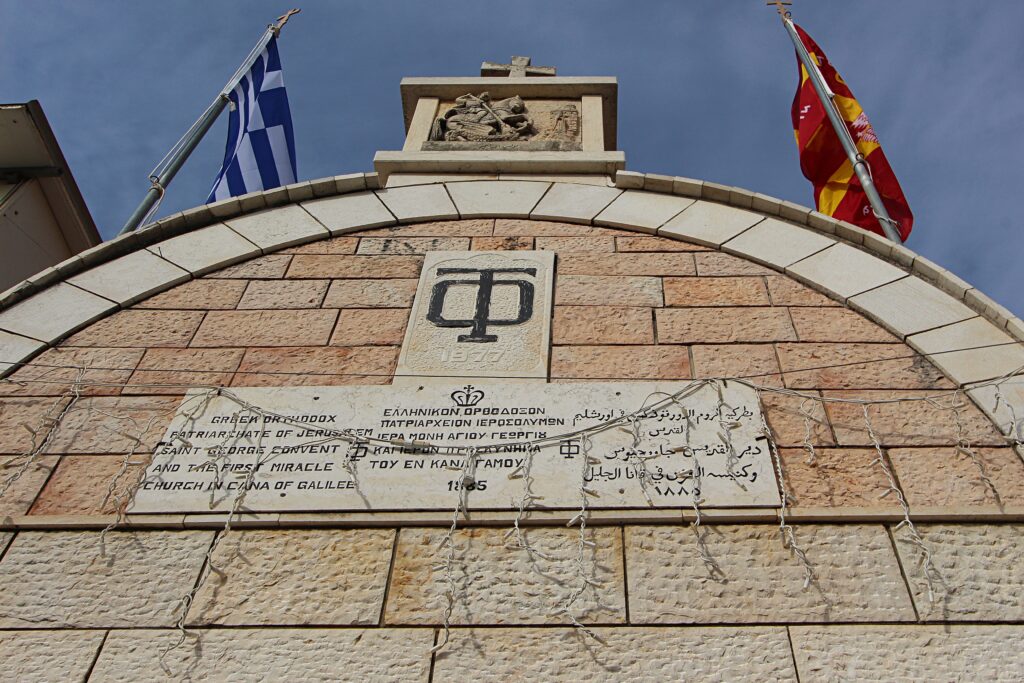
One last fact about Cana of Galilee. Nathanael Bartholomew, one of Jesus Christ’s 12 apostles was from Cana of Galilee. See John 21:2. Nothing is really known about Nathanael Bartholomew other than what is recorded in John 1:45-51, 21:2. However, Eusebius (a Christian historian who lived in the early 300’s) wrote that Nathanael Bartholomew took the gospel all the way to India. From there he worked his way up to Armenia where he was martyred, according to Armenian Apostolic Church tradition.
There is a church in Cana dedicated to Nathanael Bartholomew. However, it is seldom open to the public.

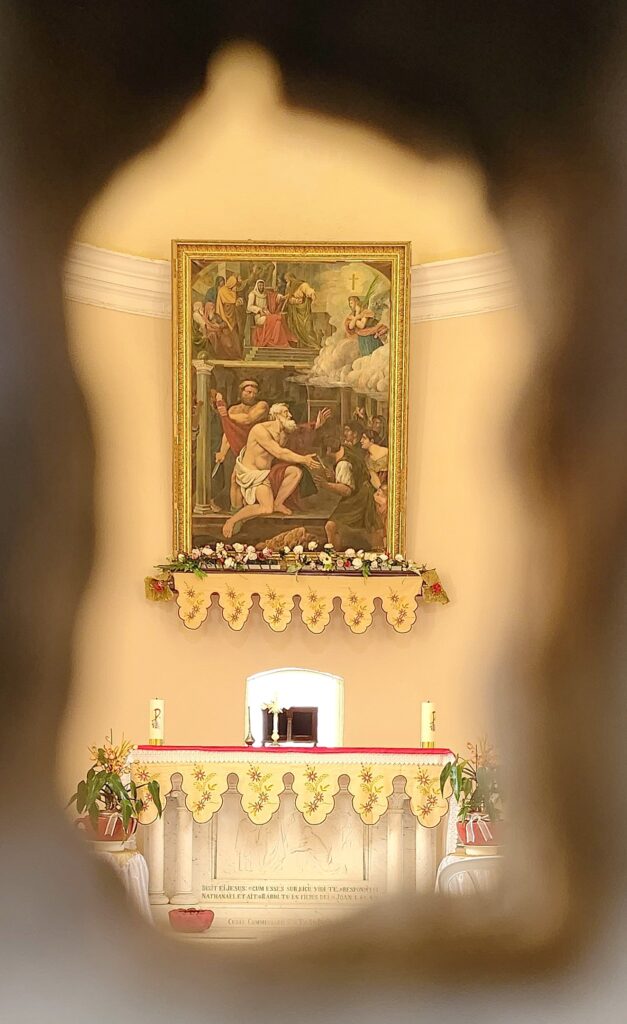
< Previous post on The Potter’s Field Where Judas Iscariot Hung Himself
Next post on The Gates of Jerusalem >
Return to the Homepage